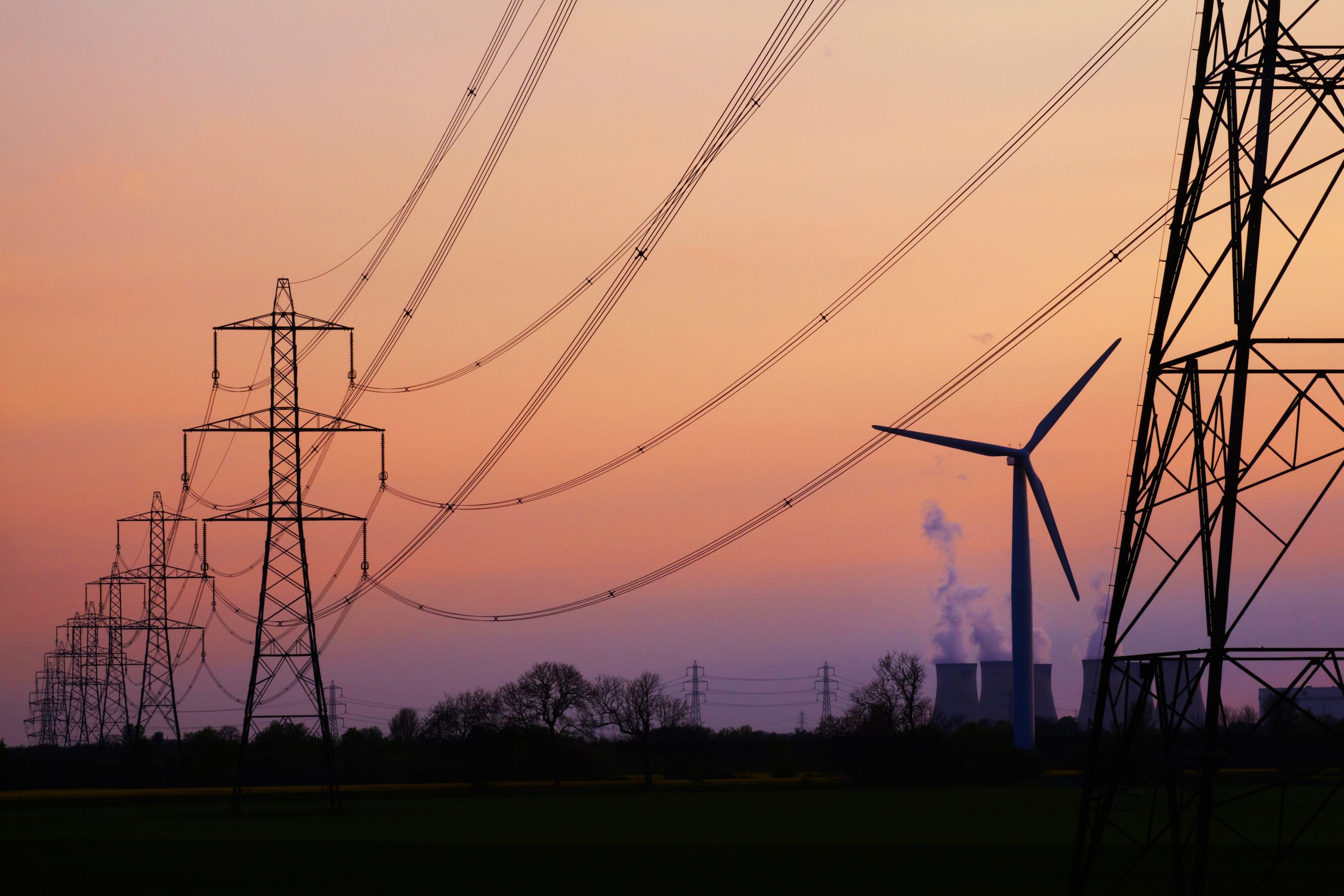Have you heard that wind power has saved the people of Great Britain over one hundred billion pounds in the last decade?
That’s the contention of a new study, which has been eagerly picked up and run with by all and sundry across the media landscape this morning.
Is the claim true? We’ll get to that.
First, a little background.
The lead author of the paper is Colm James O’Shea. He’s a 55-year old hedge fund manager who returned to University in 2023 to get a Masters in Climate Change. Why? We don’t know.
The Guardian calls him a “former hedge fund manager”, but according to Companies House and his own LinkedIn profile he’s still the CIO of COPAC, the hedge fund he created in 2006.
The holdings of COPAC are not currently publicly listed (and their website is peculiarly blank), so I don’t know if the fund has any investments in Green Energy projects.
Prior to starting his own fund in 2006, O’Shea had worked for — among others — Soros Fund Management and Balyasny Europe Asset Management. His involvement with Balyasny extended past the end of his employment there, as they are listed as a LLP Designated Member of his COPAC fund from 2005-2009.
A cursory search doesn’t show Balyasny to have any green energy holdings either, but they have been buying up gas projects since 2023, including some in Denmark as recently as July…which is potentially interesting.
Does Balyasny benefit from news coverage potentially lowering the price of gas infrastructure? Or are their purchases intended to somehow sabotage the market and increase the price of gas?
Impossible to say at this point. There’s nothing concrete in any of this, but there are interesting questions to ask.
But back to the paper itself, and the key question: Has wind power REALLY saved the UK £104 billion?
According to the maths as published…yes. But those are some very, very selective maths.
Remember this is a pre-print modelling paper, and you should always be wary of modelling papers because they are entirely defined by the assumptions on which they are built.
This one is no exception.
Essentially, the model for this paper assumes that wind power costs nothing except the subsidies pumped into it. They made no effort to account for construction or maintenance costs, the costs of running back-ups when there’s no wind or the need to upgrade the grid or anything like that.
From the horse’s mouth [page 19, emphasis added]:
This paper focuses on quantifying the wholesale electricity market as a proxy for generationcosts. A common criticism of this approach is that in a similar way to the use of Levelized Cost of Energy (LCOE) (Lazard, 2025) it does not include all system costs (Moraski & Spokas, 2025). These include: Grid infrastructure costs as renewables are located further away from demand and intermittency costs including storage and peak load management (Dale et al., 2004).It is a very fair observation that this paper does not attempt a holistic system-wide evaluation of all associated costs of a type of generation
In short, they don’t know and they didn’t really try to find out. They harvested enough data to support the pre-approved conclusion, then published it.
All this is, is yet another example of “The Science”.
I’m sure it seems the height of egotism to quote myself perpetually, but I’m going to do it anyway:
“The Science” is a self-sustaining industry of academics who need jobs and owe favours.
An ongoing quid pro quo relationship between the researchers – who want honors and knighthoods and tenure and book deals and research grants and to be the popular talking head explaining complex ideas to the multitudes on television – and the corporations, governments and “charitable foundations” who have all of those things in their gift.
This system doesn’t produce research intended to be read, it creates headlines for celebrities to tweet, links for “journalists” to embed, sources for other researchers to cite.
An illusion of solid substantiation that comes apart the moment you actually read the words, examine the methodology or analyse the data.
Self-reporting surveys, manipulated data, “modelling studies” that spit-out pre-ordained results. Affiliated-authors paid by the state or corporate interests to provide “evidence” that supports highly profitable or politically convenient assumptions.
…Interlacing layers of nothing designed to create the impression of something.
This pro-mask “study” is why you should NEVER “Trust the Science”
So, is the claim true? It doesn’t matter. That is entirely beside the point. The paper has already done its job by generating headlines like this, or tweets like this:
This study is just a single tile in mosaic of bullshit. It helps create an image and sell a story.
In this case, the hope is that enough dodgy studies in conflict with observable reality will override people’s awareness that their energy bills are getting bigger and their bank balances smaller.
Good luck with that.







